How can maturity in temperature management move your decision process from days to seconds?

A few forward-looking companies have set up processes to 1) eliminate most false positive alarms 2) adjudicate the majority of the remaining alarms in seconds rather than days or weeks 3) move from a reactive position, responding to potential excursion events, to a more proactive position.
Early adopters see benefits ranging from better use of CRA resources, fewer patient reschedules which can result in protocol deviations and elimination of manual, repetitive work that can be subject to error both at the Clinical sites and at the Sponsor company or CRO.
To identify where organizations are in evolution towards a more sophisticated temperature management process, a Maturity Model was adapted. Several elements that either encourage, or block, organizations from advancement was identified recently during a workshop with several Pharmaceutical Supply Chain experts.
Download the Maturity Model here >
The life science industry is investing heavily in automation and digitalization to increase speed to market. Robotics, Machine learning, AI and Digital twins are transforming science, production and delivery.Simultaneously, drug substances are becoming more advanced and by that more sensitive to handle. Time and temperature throughout the full product lifecycle is more important than ever. However, it is still common practice to wait for days for a response on a potential temperature deviation.
Future-oriented clinical operations
Why is it that Sponsors in Clinical trials still use excel files as the source of truth for the efficacy of their product? A compound in which companies are investing millions of dollars, with a potential to address unmet medical needs, saving lives or improving the quality of life for potentially millions of patients.
Why is it acceptable to wait for days or sometimes weeks fora product to be released from quarantine, while patients are re-scheduled or even drop out of the trial? The costs of trial delay and patient recruitment as well as the cost of time spent by sponsor and clinical site staff to deal with temperature excursions are increasingly difficult to justify.
Since approximately 90% of temperature excursions are in the end concluded not to be deviations, it is about time to replace days of human labor with seconds of computerized calculation. The industry adoption of Direct-to-patient or Hybrid Trials has necessitated an immediate response to temperature issues at the patient doorstep.
Transformation to a faster dispense to patients

The business benefits deriving from faster temperature management when using a system for calculating temperature excursions are at close reach. Imagine an automated feed of temperature data, instantly compared against stability data budget in a GxP validated calculation engine. Moving from excel based manual traceability to an automated, integrated solution is already bringing substantial time and cost savings to some sponsors, as well as the clinical sites they work with.
Implementing an automated calculation engine enables ongoing inspection readiness and reduces protocol deviations due to dispensing of temperature affected products. No longer will sponsors find out about temperature excursions when the patient arrives on site. Furthermore, product overage is reduced by maximizing the probability that product on site is fit-for-use. The ability to prevent future excursions with automated temperature monitoring technology is essential for scarce, high value compounds and comparators.
The movement in maturity amongst sponsors when it comes to temperature management requires a solid strategy for complex change management.Introducing a new way of working in the clinical ecosystem, with the myriad of outsourcing models, variant technologies and disconnected accountabilities in the supply, storage and dispensing of product is not done overnight.
Enabling a new industry standard
A group of clinical supply chain leaders convened at the GCSG (Global Clinical Supplies Group) conference in Orlando at the end of April this year, to discuss how sponsors can move to a higher level of maturity in temperature management. The ambition was to identify and share ways other organizations have overcome the hurdles of change management when introducing an end-to-end strategy for faster more reliable drug supply.
Using a maturity model for temperature management, the group discussed where they identified themselves in the model, how their organizations arrived where they were today and strategies and triggers that would be helpful in in moving their companies further to the right in the model. Those in attendance agreed what success factors are needed to move to a higher level of maturity and some of the potential blockers that could prevent organizations from moving to higher levels of maturity.
Download the Maturity Model here >
The group produced a shortlist of challenges, followed by guidelines on implementing maturity in process.
Challenges shortlist
- Too many technologies
- Complexity of platforms to support different studies
- Insufficient awareness to implement new technologies
- Low quality devices, low quality data - Change management
- Alignment between stakeholders and budgets
- Mixed partnerships and high level of outsourcing
- Silos (e.g. supply chain and clinical)
How to start moving
- Explore integration capabilities
- Make sure all stakeholders are onboard, e.g. quality buy in, supply chain and clinical (sites) aligned on vision
- Map the end-to-end process (API to patient)
- Make the business case to all stakeholders and ensure management has data to take decision on investment
- Patient safety vs monetary value
- Inspection readiness
- Reduced waste
- Reduced site burden
Change management to increase speed in the clinical supply chain
On a corporate level, speed of process needs to be recognized as a driver for cost reduction and becoming the sponsor of choice. To succeed with an implementation of automated temperature management, the project needs an internal champion on senior management level, who has bought in to the business case and can ensure funding for it.
Making the business case for cost savings as well as intangible benefits like patient safety is the first step to success. For example, an organization that manages 3,000 temperature excursions per year, with an average handling time of 5 days, can save 120,000 “waiting” hours per year by implementing an automated calculation engine.
This solution integrates temperature data from warehouse monitoring systems, USB data loggers as well as manual entries of data from sites who operate old school thermometers. However, true automation of process can be achieved utilizing Bluetooth loggers that feed data over Wi-Fi or cellular networks. This technology is already implemented at thousands of clinical sites, where time spent on temperature management has been reduced by 90%. Furthermore, real time alerts help site staff act faster to prevent future temperature excursions.
The big data stream into the calculation engine offers great opportunity for the organization to become more proactive. Predictive analytics can alert sites and sponsors of storage facilities that are about to fail or products that are at risk of being damaged.
For the accumulated TOR of temperature management to be automated, the silos in accountability between supply chain and clinical sites needs to dissolve. Alignment of key metrics across the organization is key and quality as well as cost impact needs to be measured. One process and one source of truth becomes increasingly important when trials go hybrid and delivery to patients home extends the end-to-end reality.
Want to learn more about automated Clinical Trials? The TSS Clinical Module is a fast and secure temperature monitoring solution, tailored for delicate Clinical Trials.
TSS Clinical Trial Module >
You may also be interested in
.JPG)
TSS Welcomes Thomas Lindén as New Chief Technology Officer

5 benefits of adopting digital temperature monitoring solutions

Guide: The road to digital success in temperature monitoring
You may also be interested in

How to Scale Up Your Clinical Trials
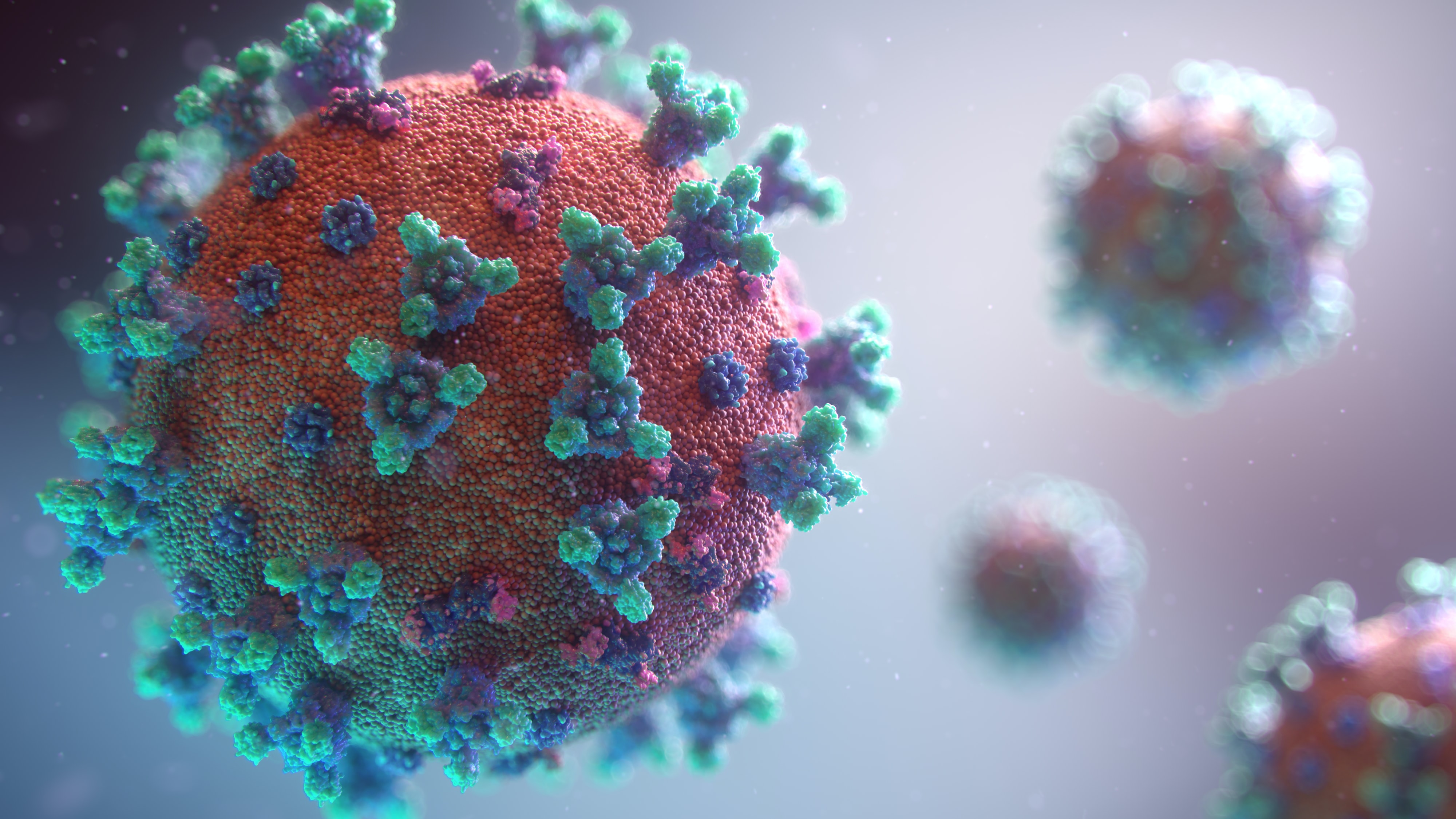
Covid-19 situation

10 Common Mistakes to Avoid During Customer Onboarding

TSS Keeps EcoVadis Silver Medal Despite Tougher Standards in 2024

How to Scale Up Your Clinical Trials

10 Steps to Navigating Sustainability in the Pharma Supply Chain
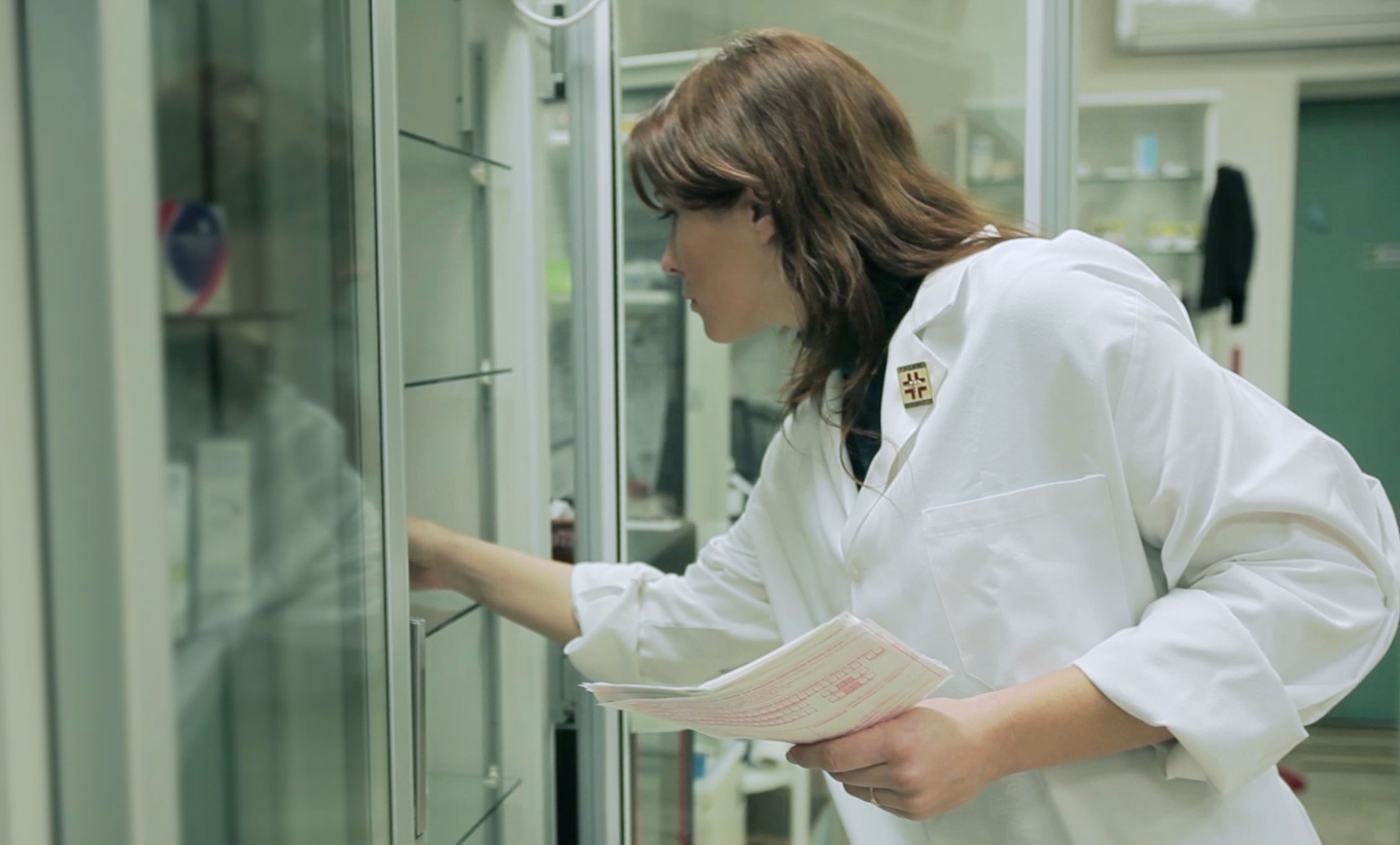
Enhancing Product Quality and Compliance at Clinical Sites

Change in the Management of TSS

Balancing Cost and Quality in the Pharmaceutical Supply Chain: A Quick Guide

TSS Celebrates WTISD 2024: Embracing Innovation, Digitalisation, and Sustainability

LogiPharma Lyon 2024
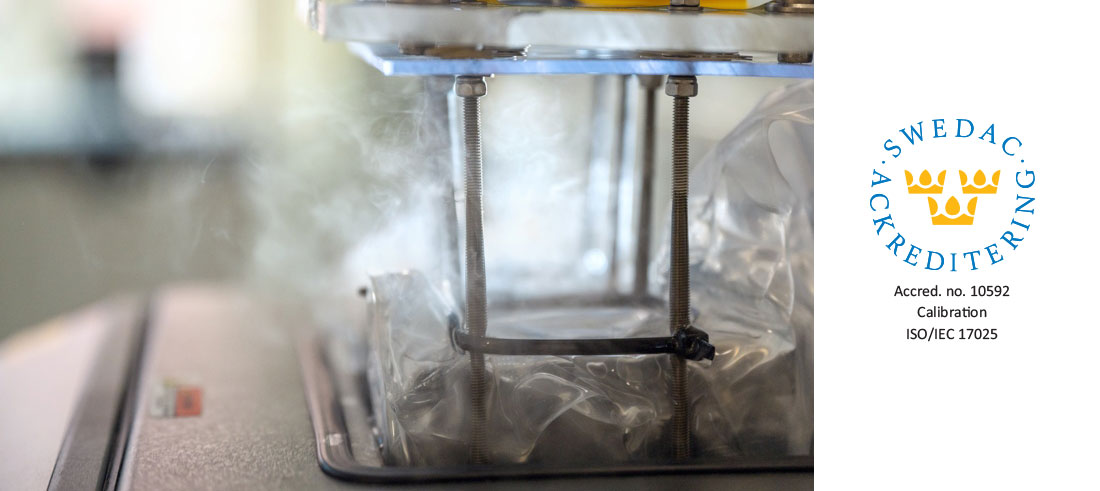
TSS Achieves Coveted ISO/IEC 17025 Calibration Accreditation

Join us at Clinical Trial Supply Europe 2024 in Barcelona

TSS User Forum 2023

TSS Welcomes Gustaf Rasin as New Chief Operations Officer

NECSO Cambridge 2023
.JPG)
TSS Welcomes Thomas Lindén as New Chief Technology Officer
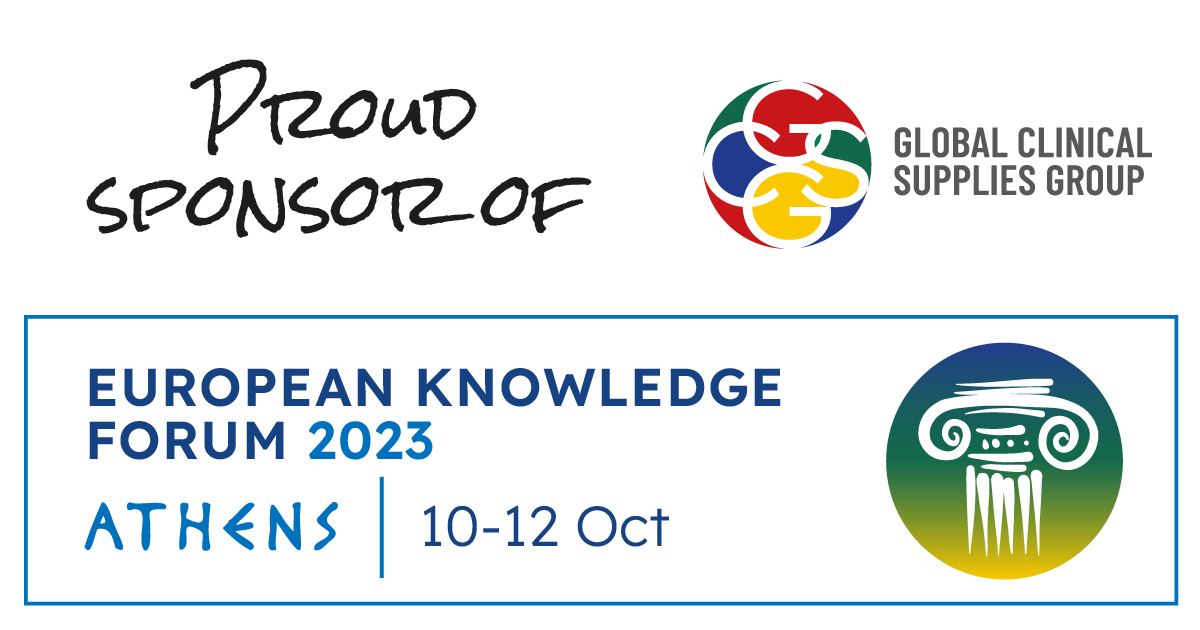
GCSG Athens 2023 Vendor Showcase Hosted by TSS

What is Quality?

Cooperation with Swedish Innovation Authority and University to Optimize Sustainability Procedures

How GSK Pharma in UAE optimized the supply chain through automatization

We’re attending LogiPharma 2022

On-demand webinar: Maximize value with 2-way integrations in Clinical Trial Management

White paper: the future, today - the next generation of temperature monitoring

3 steps to accelerate Decentralized trials & Release to patients

We are back at Clinical Trial Supply East Coast

The GCSG 2022 European Knowledge Forum is coming up, and we will be there.

Join us at GCSC US 2022

Join us at Clinical Trial Supply Europe 2023

How can maturity in temperature management move your decision process from days to seconds?

GCSG 2023 US Conference

TSS Achieves EcoVadis Silver Medal for Advanced Sustainability Performance

Guide: The road to digital success in temperature monitoring

Boost value in clinical trial management with two-way integrations

End-to-end visibility is the key to creating more efficient, cost-effective, and sustainable pharmaceutical supply chains

Meet us at Logipharma US in Boston on September 29th-30th

Achieving pharma supply chain excellence through integrations
.jpg)
On-demand webinar: A unified approach to clinical supply temperature management

Is your supply chain ready for a digital transformation?

How live access to GxP data support supply chain best practices?

Join us at Temperature Control & Logistics in Düsseldorf

Meet our people: Quality Engineer, Akanksha Sharma

Meet Johanna Eriksson, Chief Product Officer at TSS

On-demand webinar: New approaches to automating temperature management in clinical trials

On-demand webinar: Automating the clinical supply chain

On-demand webinar: Introducing BLE technology for temperature monitoring

On-demand webinar: Monitoring multiple products with one temperature data logger

On-demand webinar: Digitalization and its impact on the pharma supply chain

On-demand webinar: Excursion Management – From days to seconds

On-demand webinar: Master your supply chain with end-to-end visibility
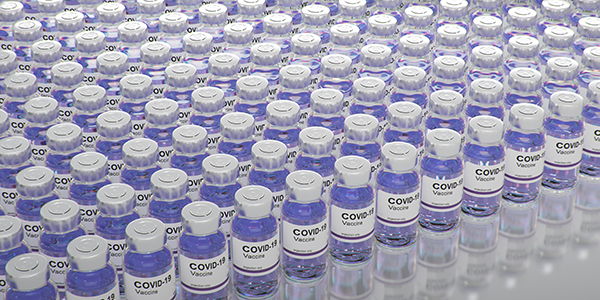
White paper: The next step to automating clinical trials

Join us at Clinical Trial Supply Europe 2022

Data-driven supply chains: improving your excursion rate and temperature performance in 5 steps

Visibility and automation: reducing disruption due to temperature excursions
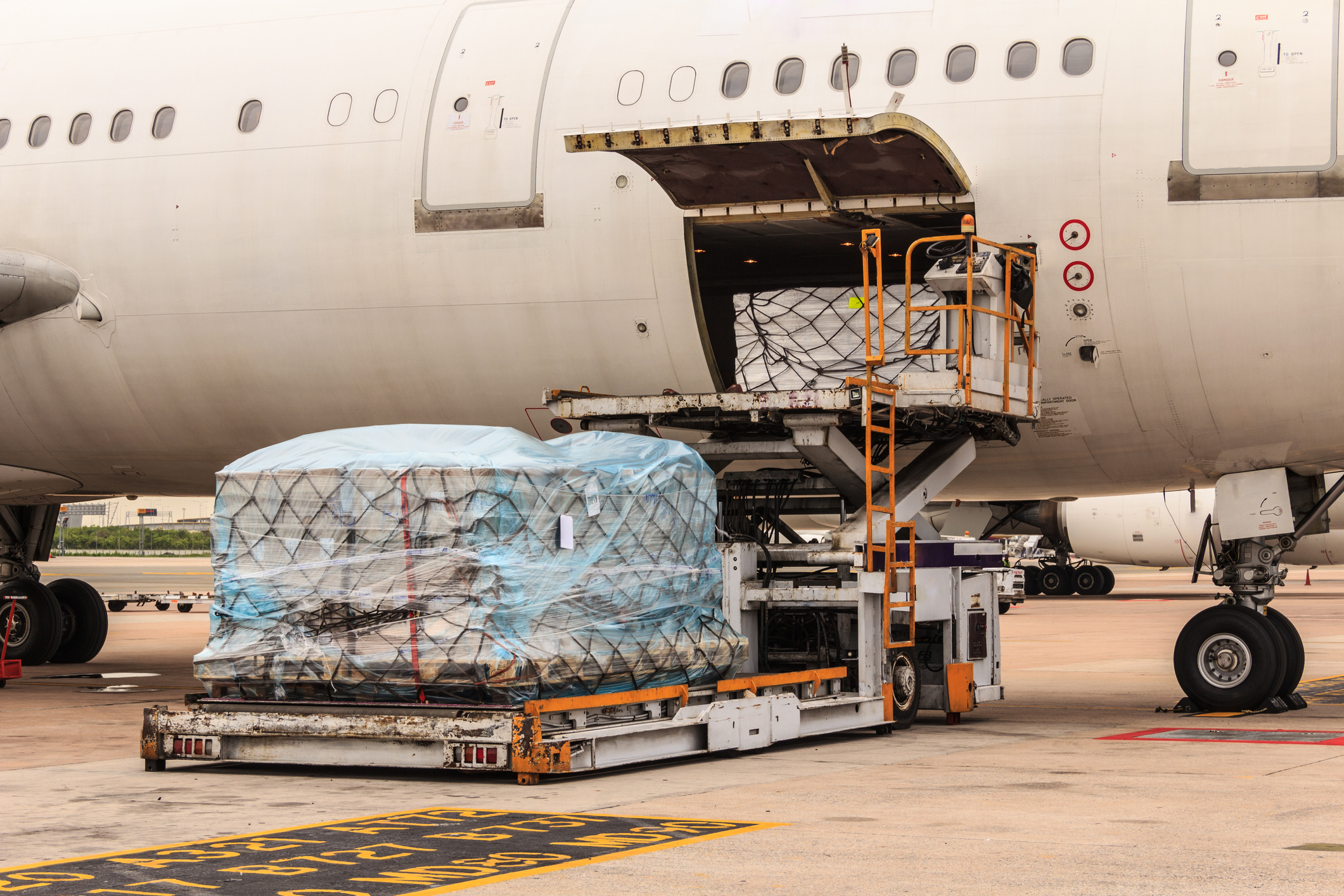
On time and in full, when it matters most

Exploring the solution to a global question

Innovation flourishes when different perspectives meet

The Buyer’s guide to real-time temperature monitoring

Getting the full value out of your supply chain temperature data

4 things to know about TSS new BLE data loggers

5 benefits of adopting digital temperature monitoring solutions
.jpg)
Reducing excursion evaluation time from days to seconds

Making the pharma industry future-proof through supply chain digitalization

TSS Clinical Trials Digitalization User Forum 2021

Women in executive positions: making a difference with International Women’s Day

TSS launches innovative Bluetooth powered temperature monitoring solutions

Could automating temperature excursion management hold the key to improving clinical supply processes?

Automation is making temperature excursion management simpler and more efficient for clinical sites

Mind the gap: the real-world impact of data gaps in clinical trials

The year in review: TSS’s most-read blog articles of 2021

Three approaches for automating clinical supply chains

New opportunities on the horizon as TSS expands US operations

Temperature management – from local to global

Increasing visibility with a proactive supply chain

Automating temperature management for enhanced supply chain reliability and efficiency

Logipharma report: A fast-track learning exercise in pharma supply chain innovation

Covid-19 situation
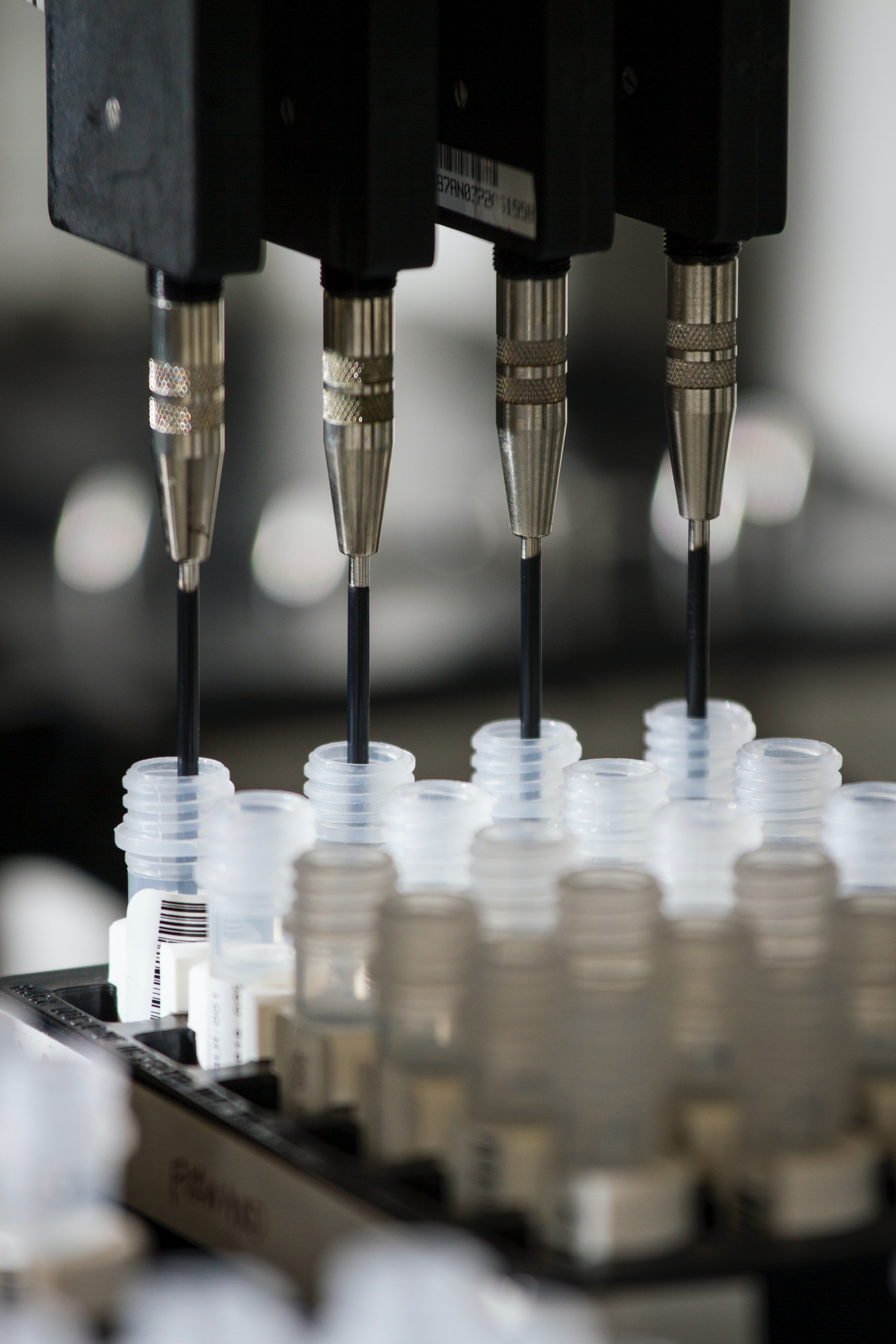
Turn days into seconds at clinical sites worldwide


